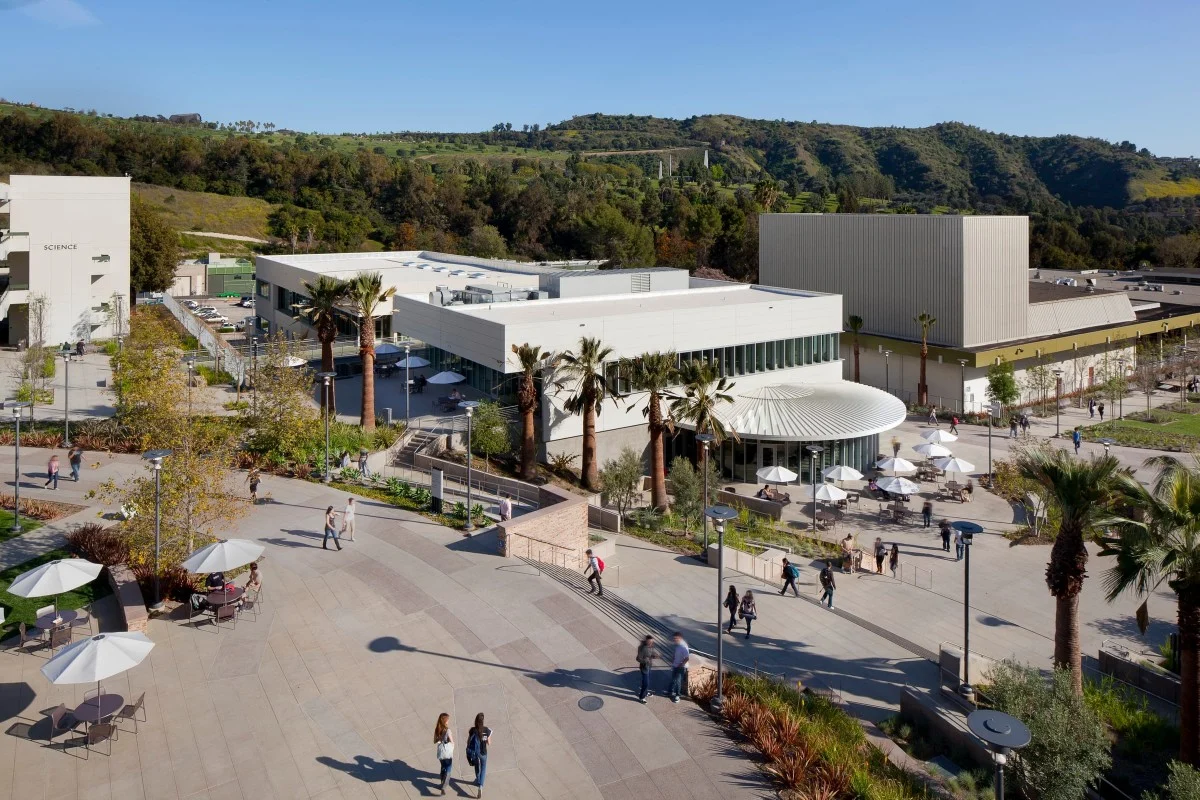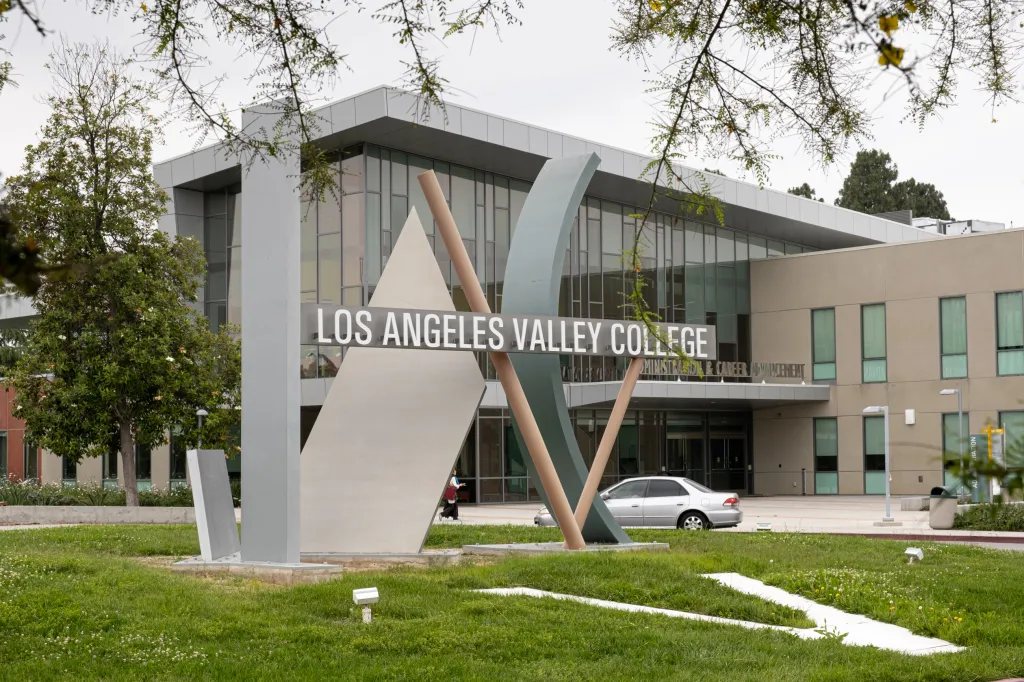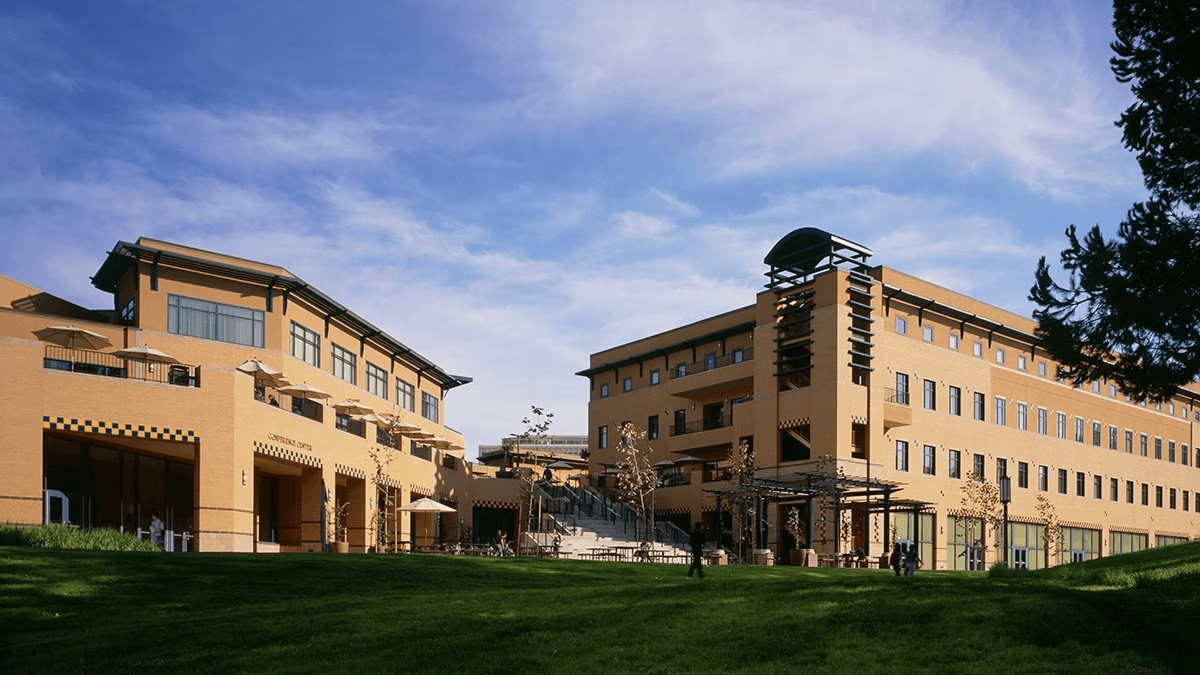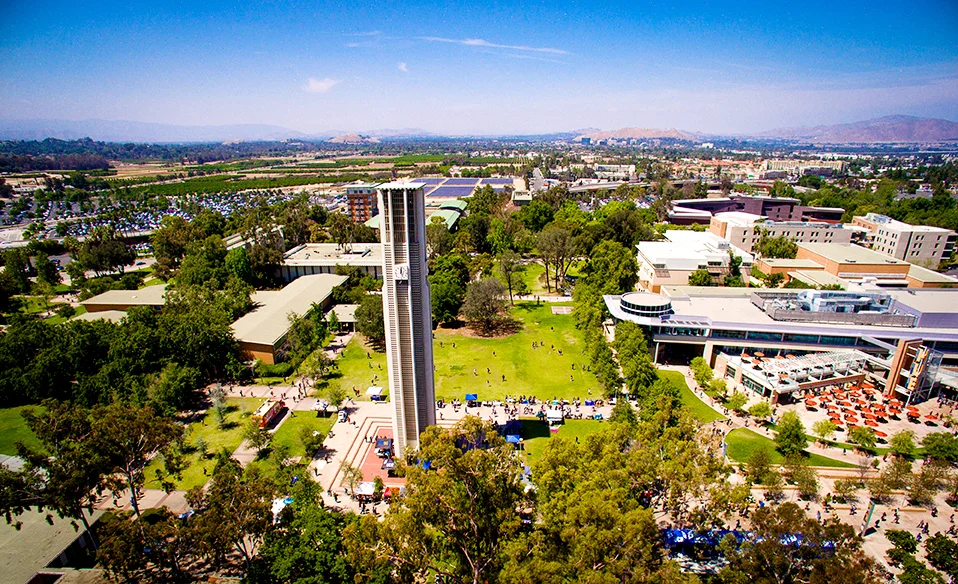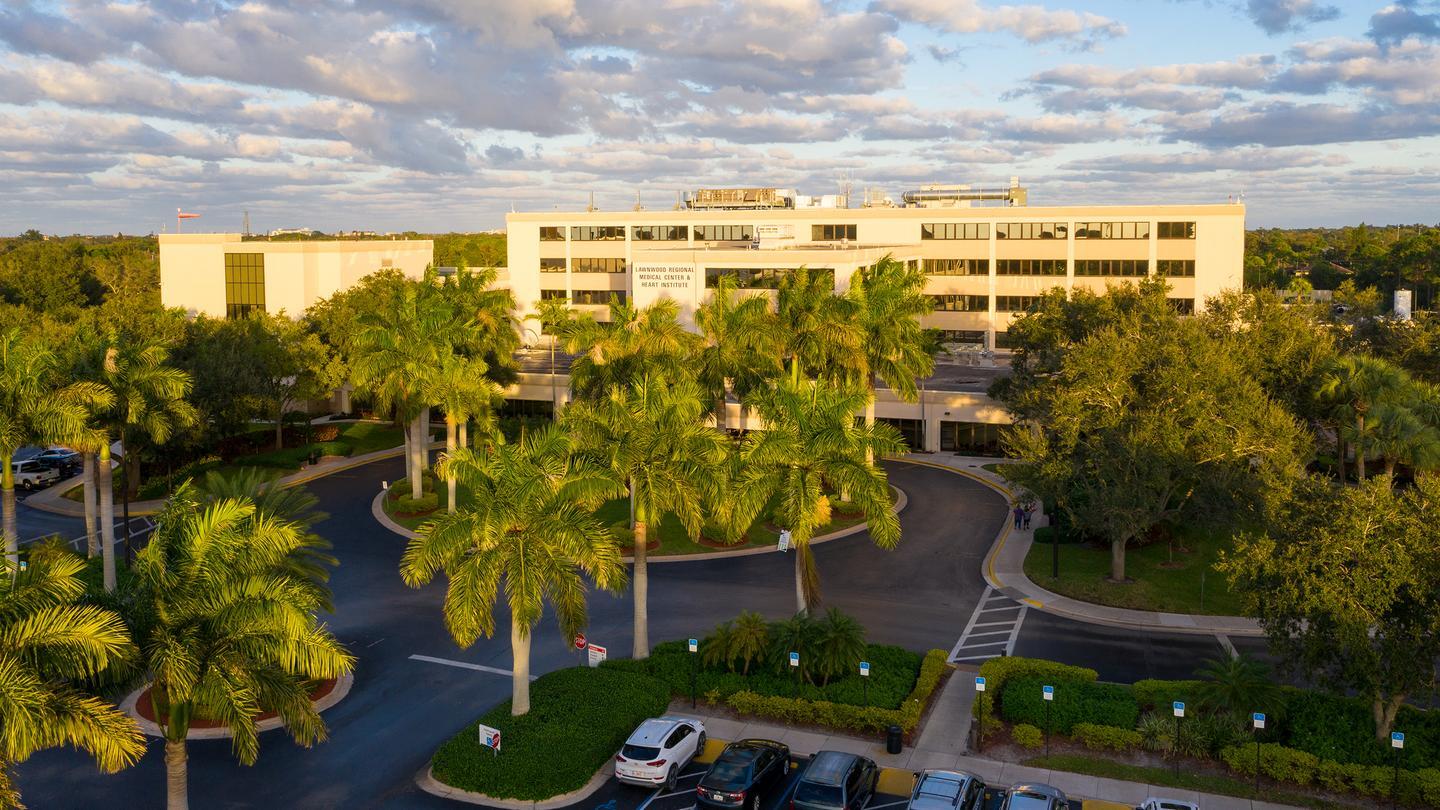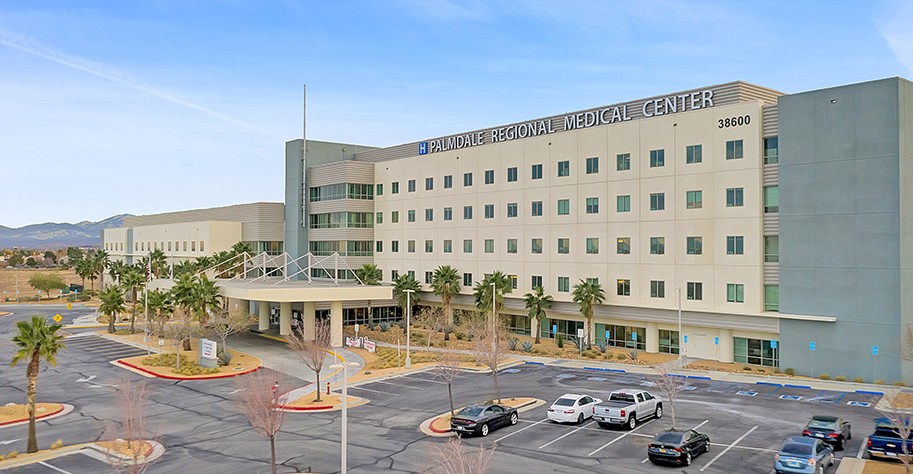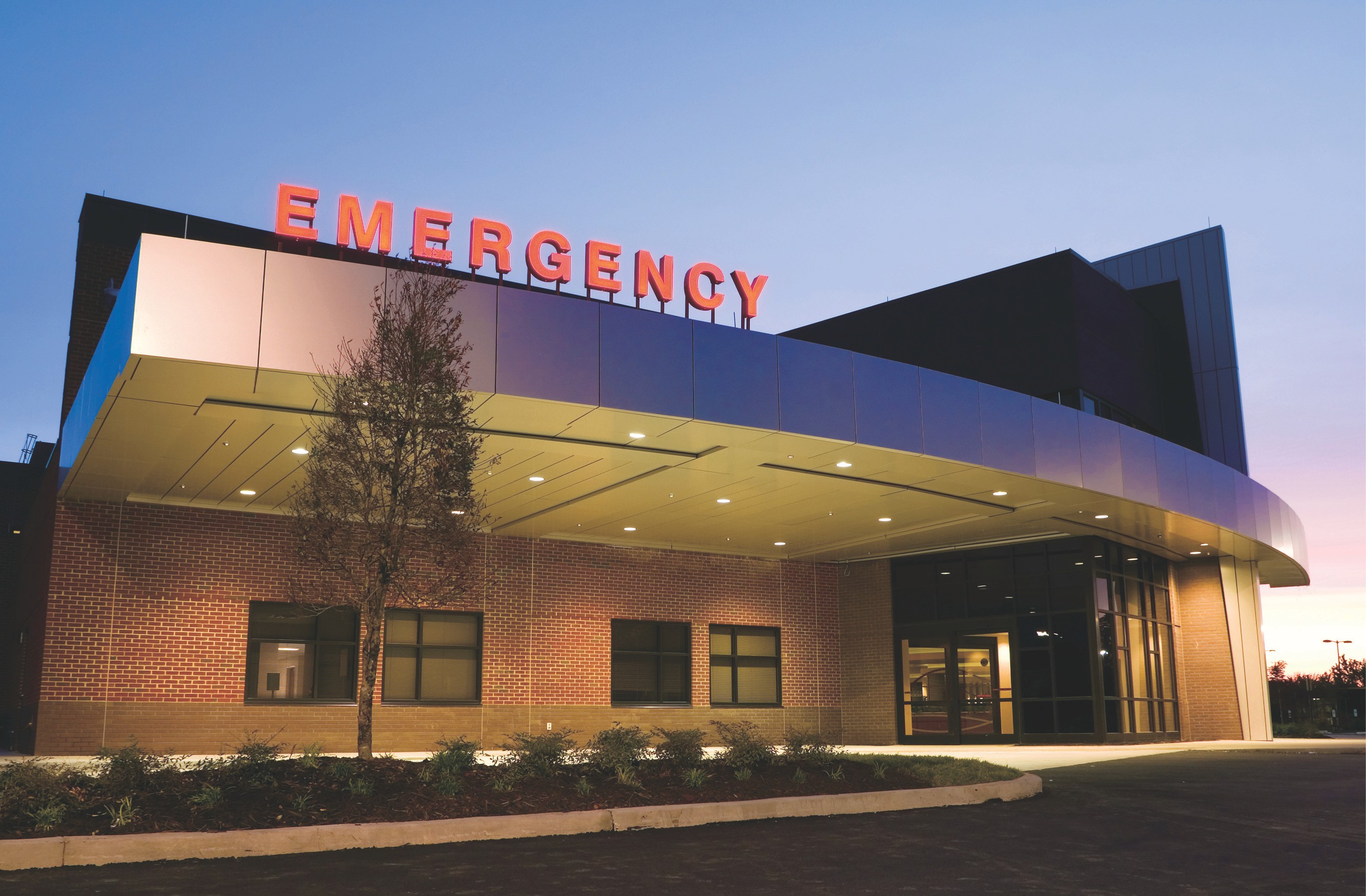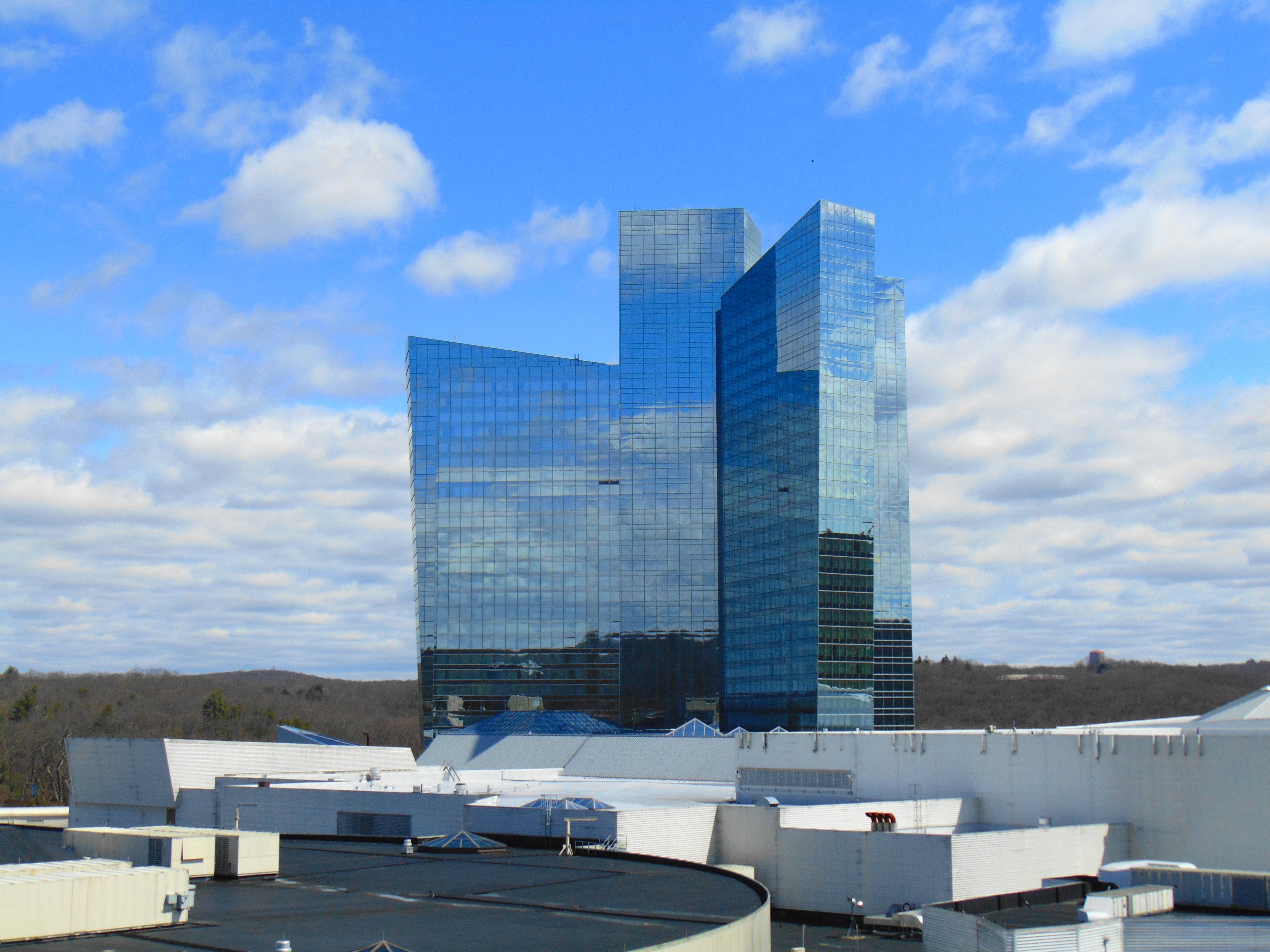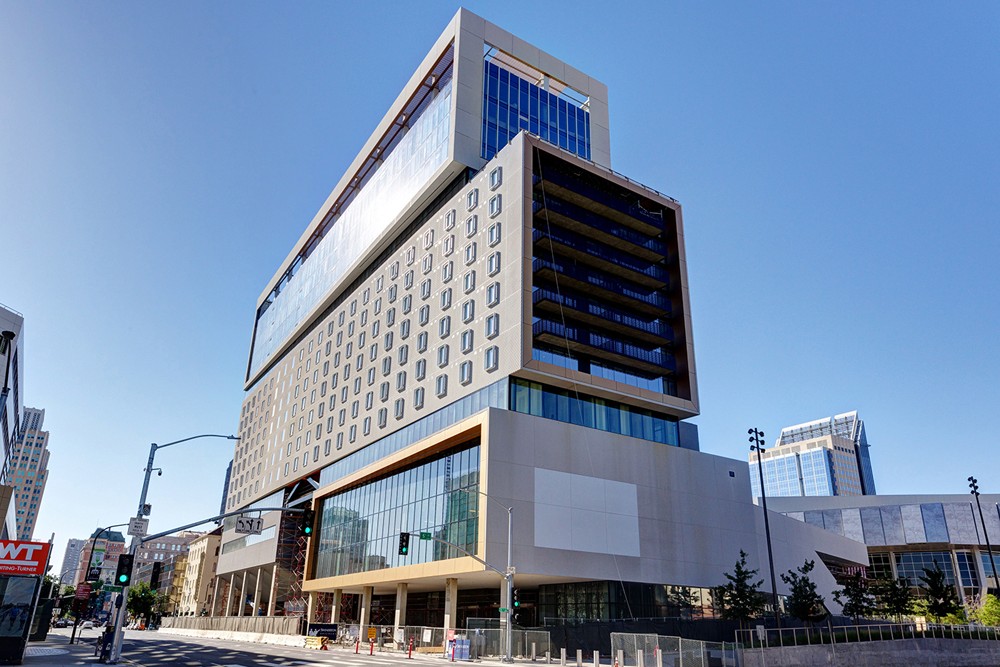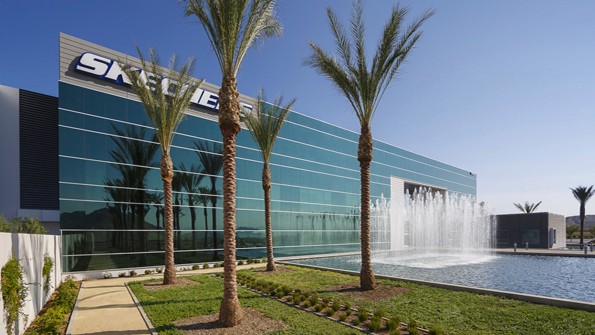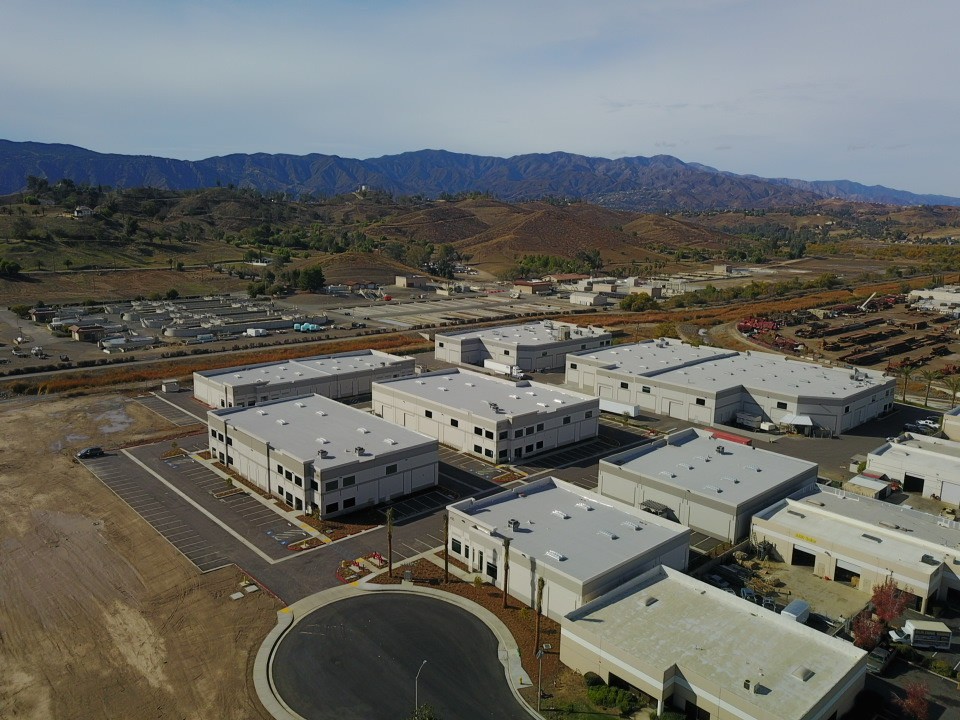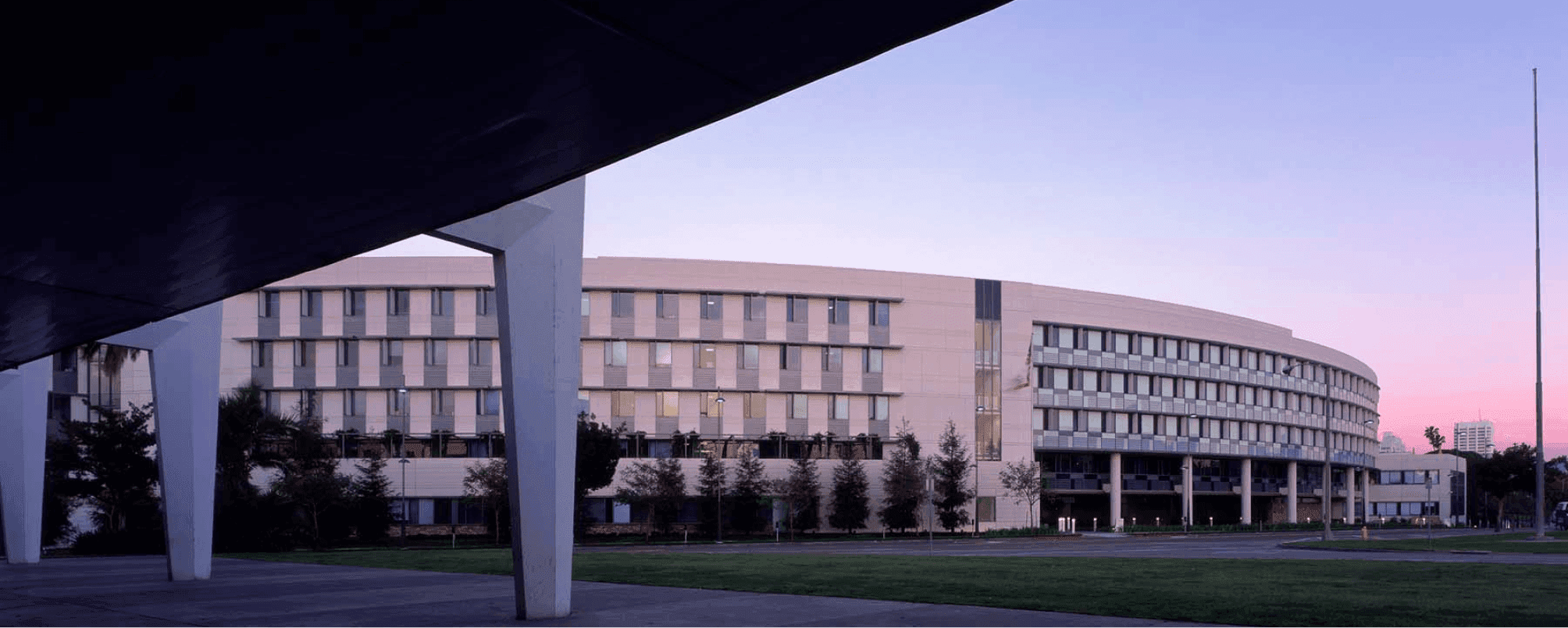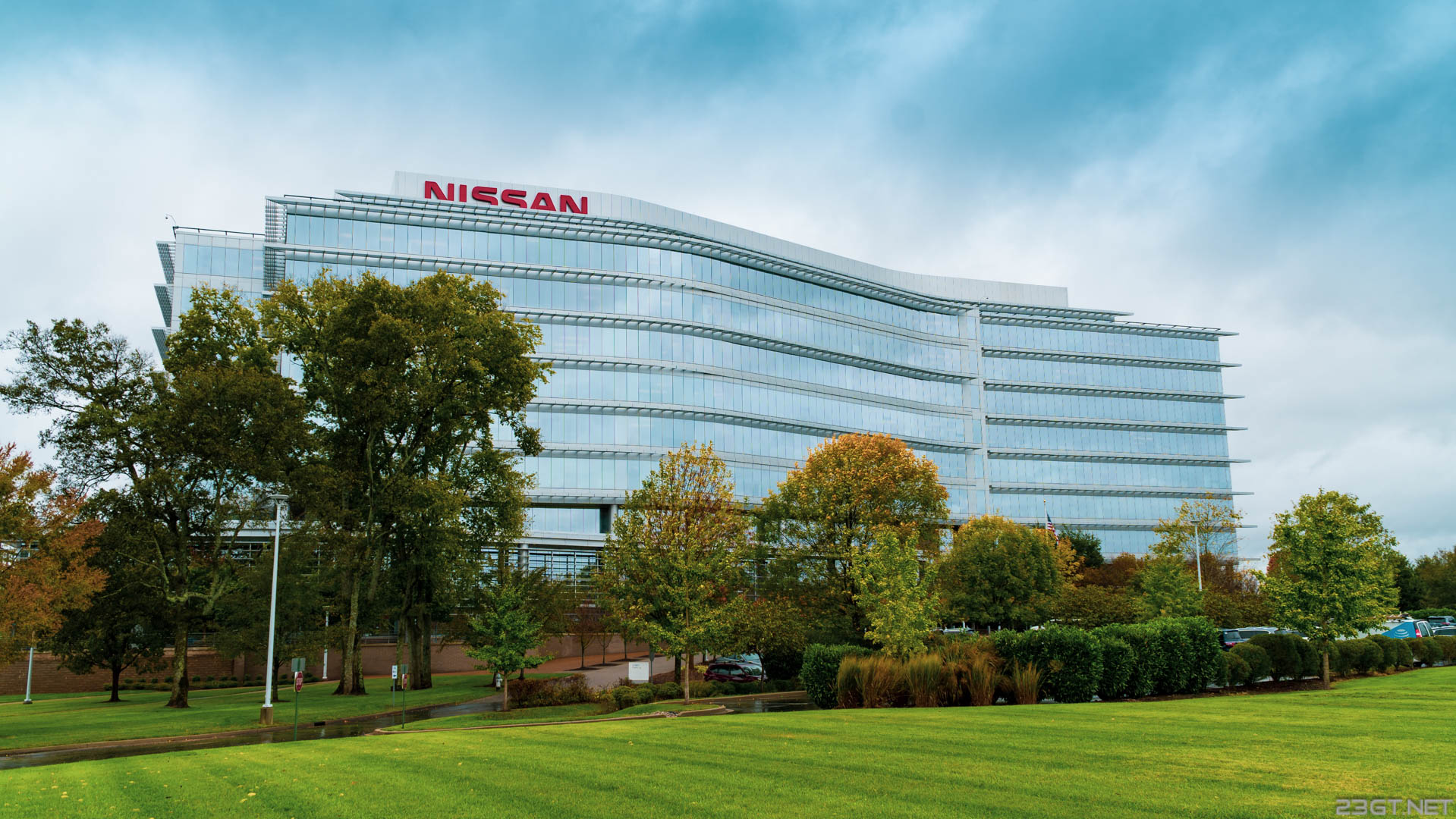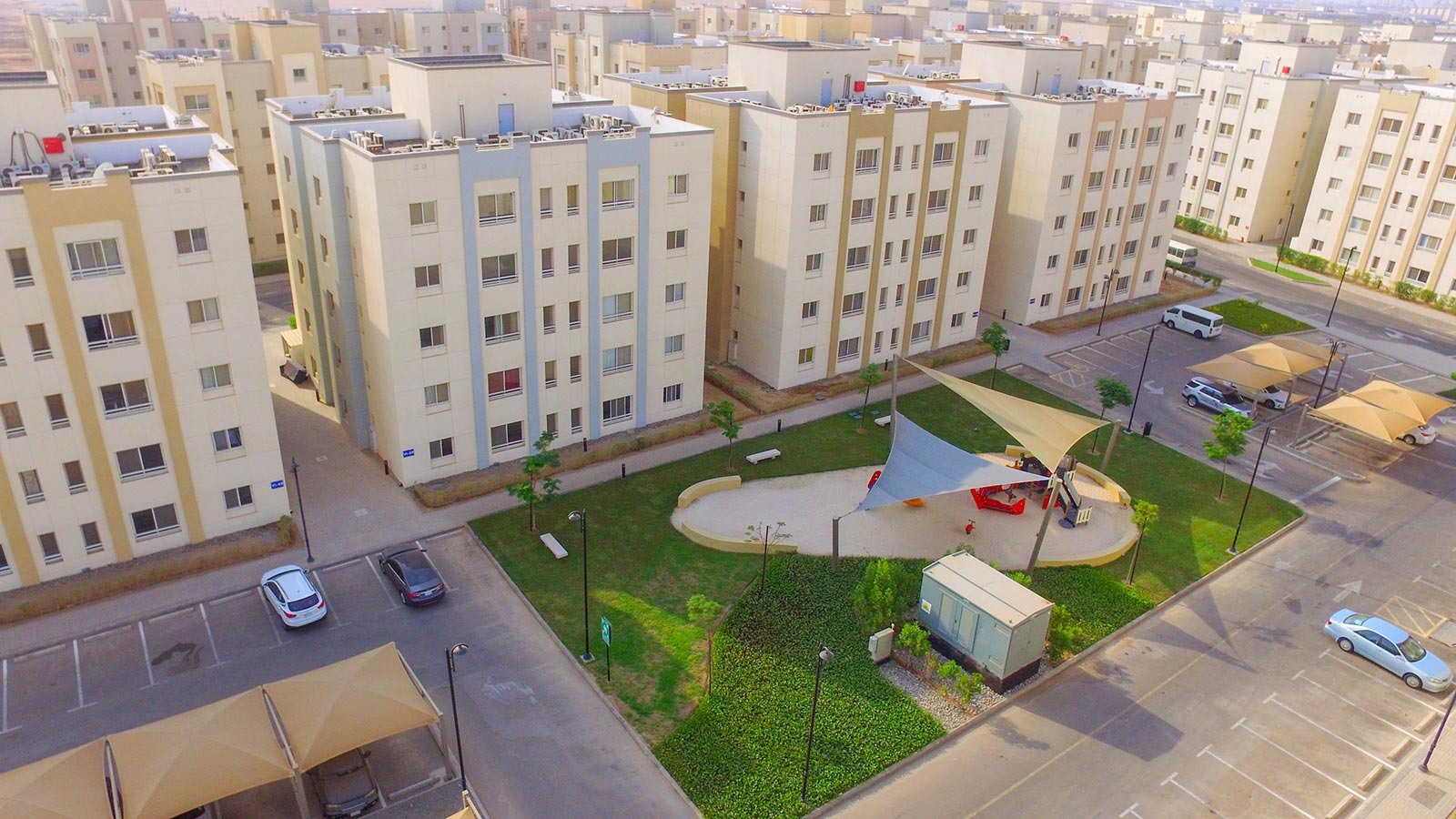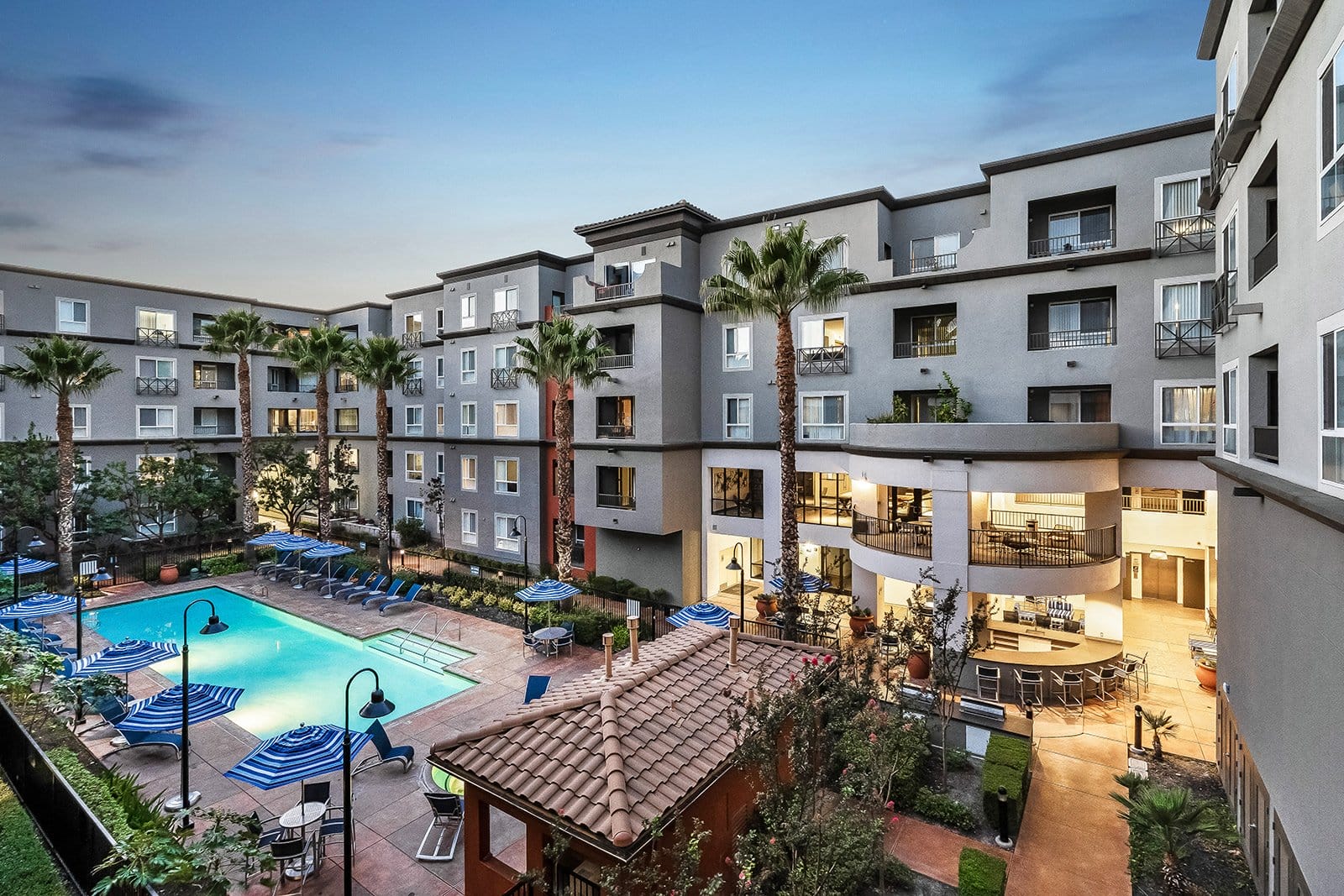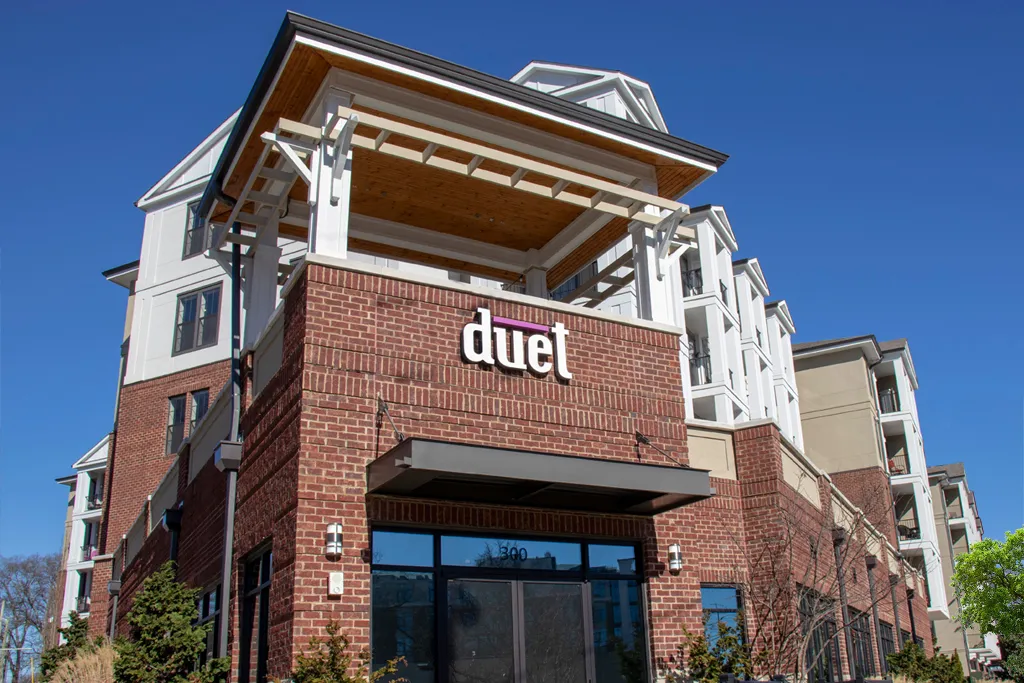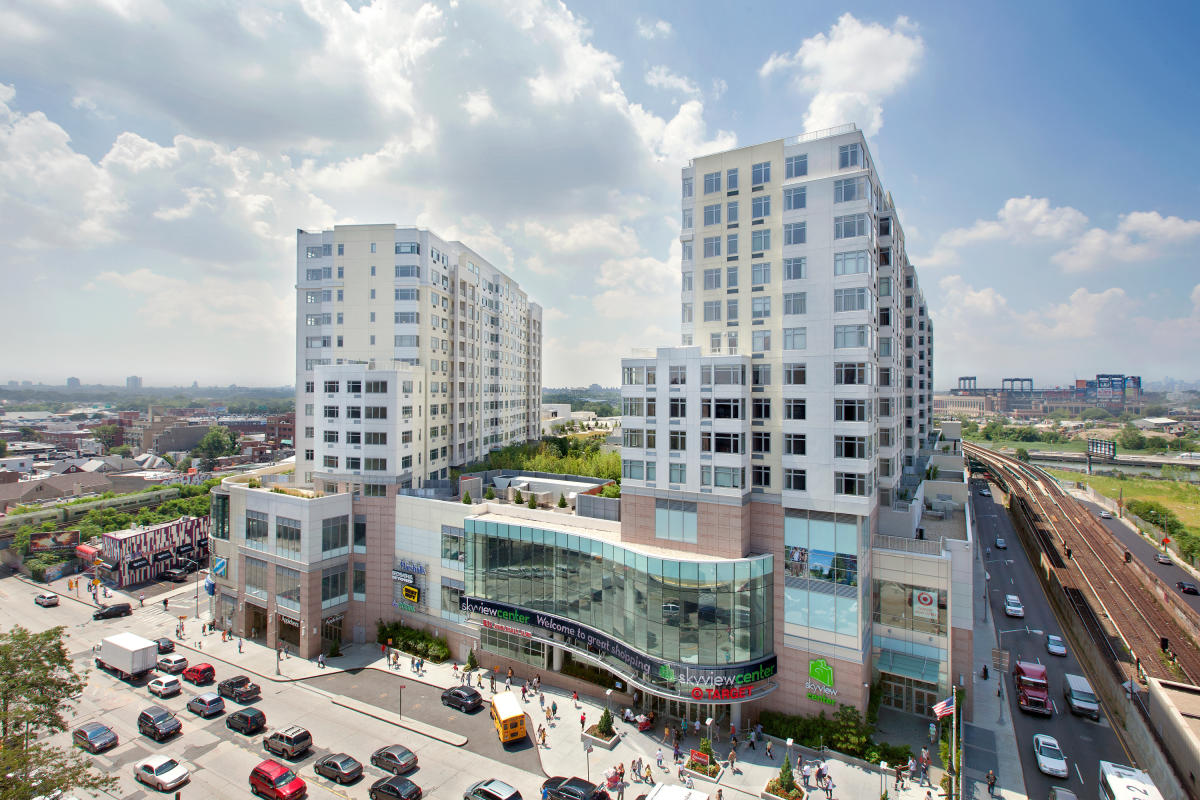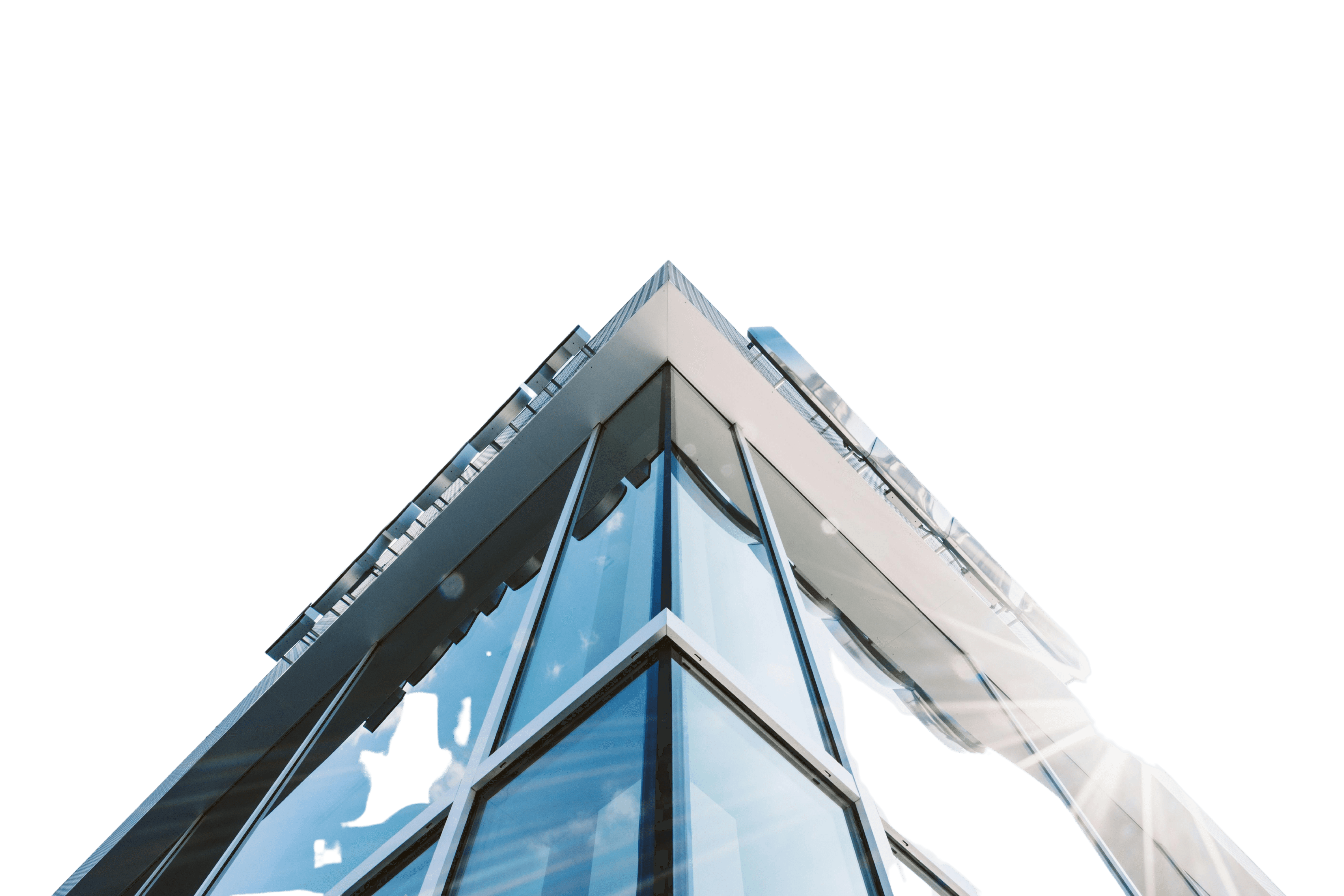
The U.S. construction industry is navigating a paradox: production capacity is expanding, yet costs continue to rise. This dual escalation is unsustainable, prompting industry leaders to question which will falter first—production or pricing.
The Current Landscape
In 2025, the construction sector is experiencing robust growth. According to a report by Research and Markets, the U.S. construction market is projected to expand at a compound annual growth rate (CAGR) of 4.4% from 2025 to 2029, reaching approximately $1.59 trillion by 2029. This growth is fueled by increased demand in residential, commercial, and infrastructure projects.
Simultaneously, construction costs are climbing. Material prices remain elevated due to ongoing supply chain issues and increased demand. For instance, the Producer Price Index for construction materials has seen significant increases over the past year.
The Tipping Point
The concurrent rise in production capacity and costs is creating a strain on the industry. As costs escalate, profit margins are compressed, and the feasibility of new projects comes into question. Developers and contractors are facing difficult decisions about project viability, potentially leading to a slowdown in new construction starts.
Strategic Responses
To navigate this challenging environment, industry stakeholders are adopting several strategies:
Value Engineering: Reassessing project designs to identify cost-saving opportunities without compromising quality.
Supply Chain Diversification: Sourcing materials from a broader range of suppliers to mitigate the impact of regional price fluctuations.
Technological Integration: Implementing construction technologies to improve efficiency and reduce labor costs.
Contractual Adjustments: Including escalation clauses in contracts to account for potential cost increases over the project duration.
Looking Ahead
The construction industry stands at a crossroads. If costs continue to rise unchecked, the momentum in production may stall, leading to a contraction in the industry. Conversely, if production outpaces demand, it could lead to an oversupply, driving prices down and impacting profitability.
Stakeholders must remain vigilant, continuously assessing market conditions and adjusting strategies accordingly. Collaboration across the industry will be essential to balance production and pricing, ensuring sustainable growth in the years ahead.
Why Rising Production and Prices Can’t Climb Forever
At first glance, expanding production capacity might seem like good news—projects are moving, demand is high, and backlogs are clearing. But when production growth is paired with escalating costs, it creates a precarious tension that many industry leaders now recognize as unsustainable.
The Crux of the Conflict
Historically, increased production helps stabilize or even reduce prices. But in today’s market, the opposite is happening. Developers are pushing projects forward, even at thinner margins, while material, labor, and regulatory costs continue to climb. The most recent Producer Price Index (PPI) shows year-over-year increases in key categories:
Concrete products: +9%
Gypsum and drywall materials: +7.8%
Mechanical equipment: +6.3%
At the same time, construction starts—particularly in manufacturing, infrastructure, and healthcare—are surging. According to Dodge Construction Network, total construction starts were up 13% in Q1 2025 compared to the same time last year.
What’s Driving the Cost Side?
Labor constraints: Despite production growth, California’s persistent labor shortages continue to drive up wages. Many subcontractors are reporting difficulty staffing even mid-sized jobs.
Code and compliance creep: New regulations (like California’s 2025 Energy Code) add complexity and cost to every phase of a project.
Financing volatility: Higher interest rates have increased the cost of capital, and owners are shouldering more risk to stay on track.
What Breaks First—Cost or Capacity?
Let’s break it down:
If costs break first: We’ll likely see a correction driven by reduced demand. Developers will start shelving projects, particularly in the private sector, and contractors will have to sharpen their pencils and find savings in value engineering, lean methods, and tech-forward delivery.
If production breaks first: Capacity constraints—whether due to financing pullbacks, supply chain bottlenecks, or labor limits—could create a new round of project delays. In this case, price escalation may continue for a while, but it will fuel deeper market volatility.
The most likely scenario? A slow correction on both sides. We’re already seeing signs of project deferrals, especially for private multifamily and commercial builds in markets like San Francisco and Los Angeles. Meanwhile, public and industrial work remains steady—but only where incentives or strategic demand exist.
Strategic Takeaways for California Builders and Developers
Run new pro formas now. Recheck all assumptions around labor, materials, and compliance to determine which projects still make sense.
Invest in flexibility. Contracts should reflect real-world volatility—think escalation clauses, material allowances, and schedule buffers.
Watch the backlog. If your pipeline is full but margins are shrinking, it’s time to pause and reassess your risk exposure.
Success in this environment requires not just building fast, but building smart. That means understanding not just where the market is today—but where it’s headed next.










